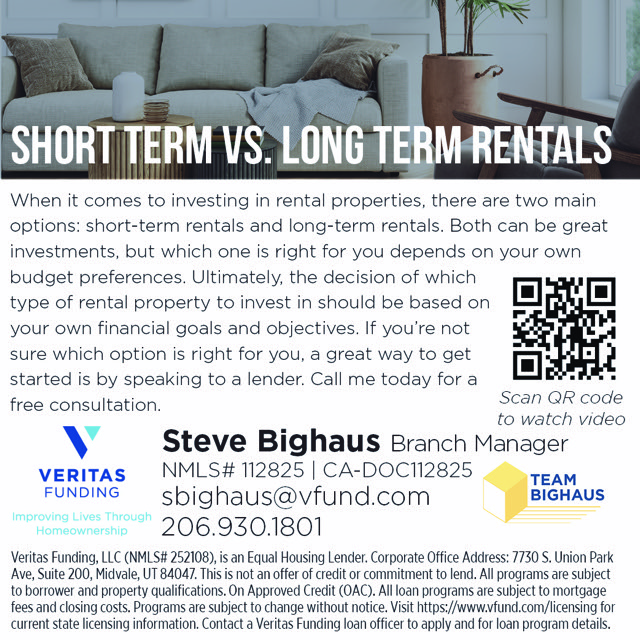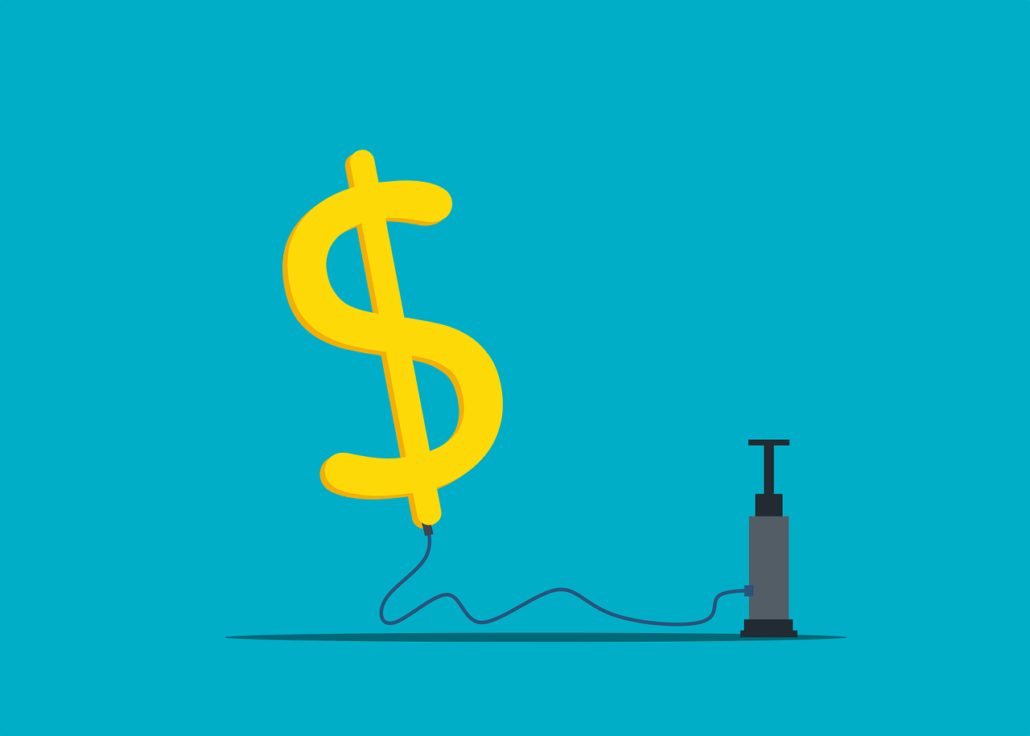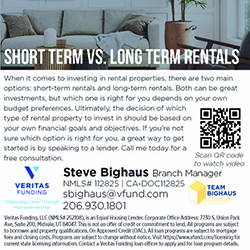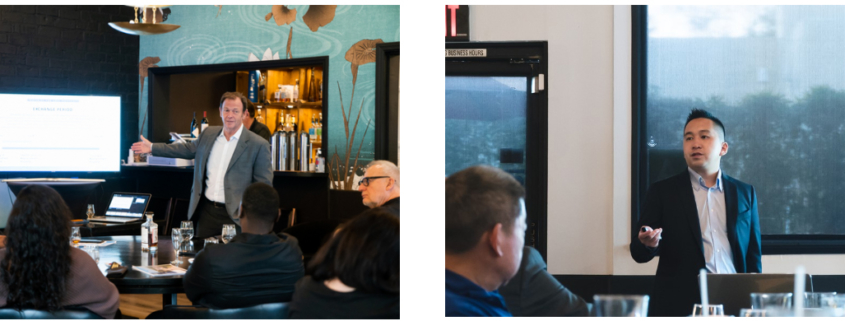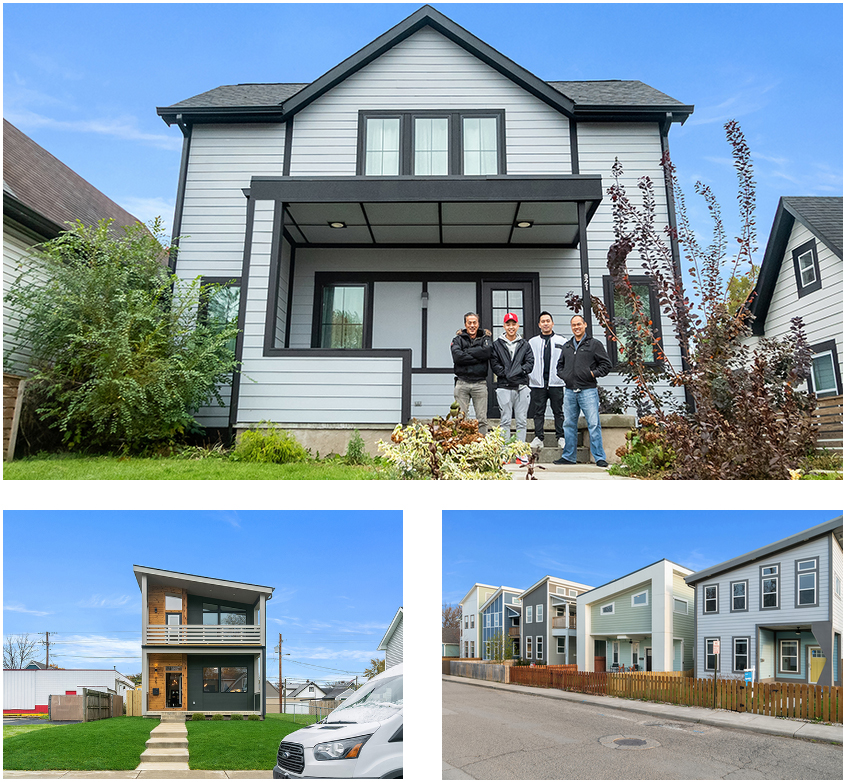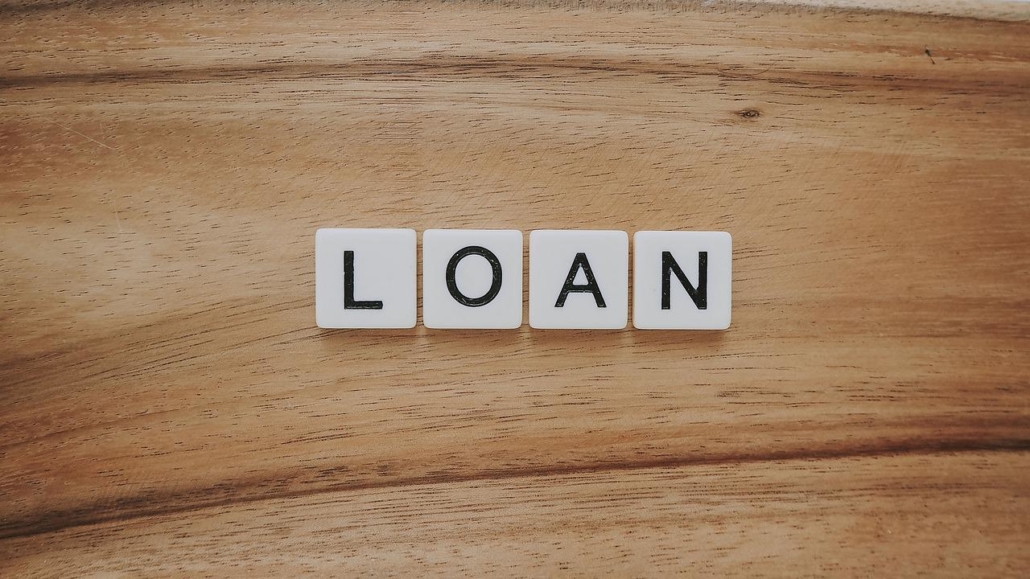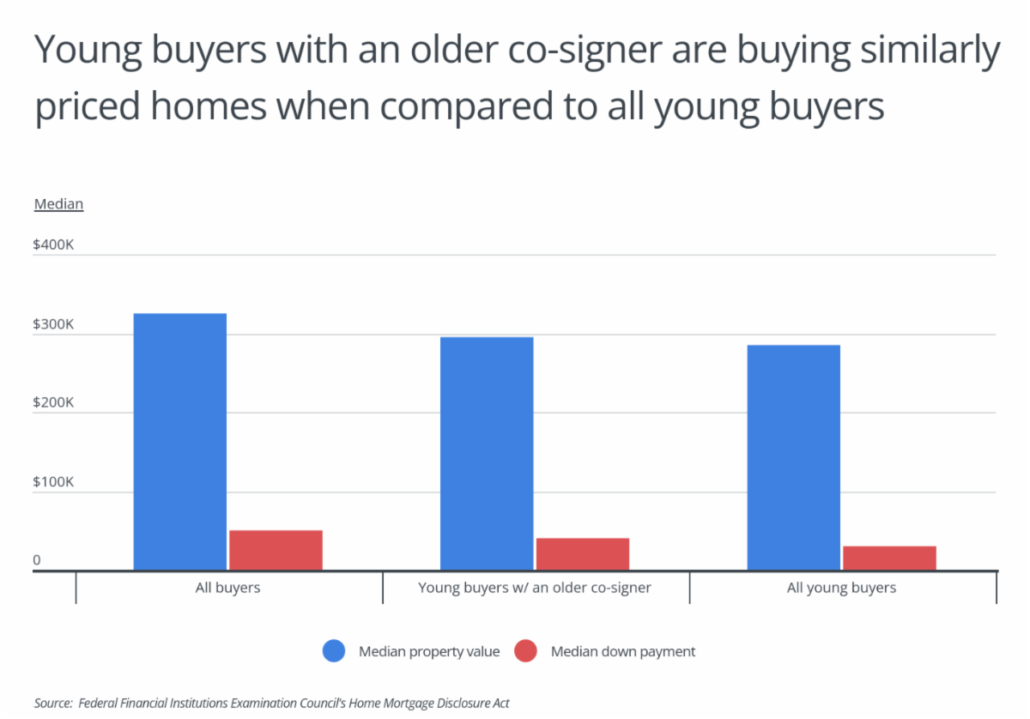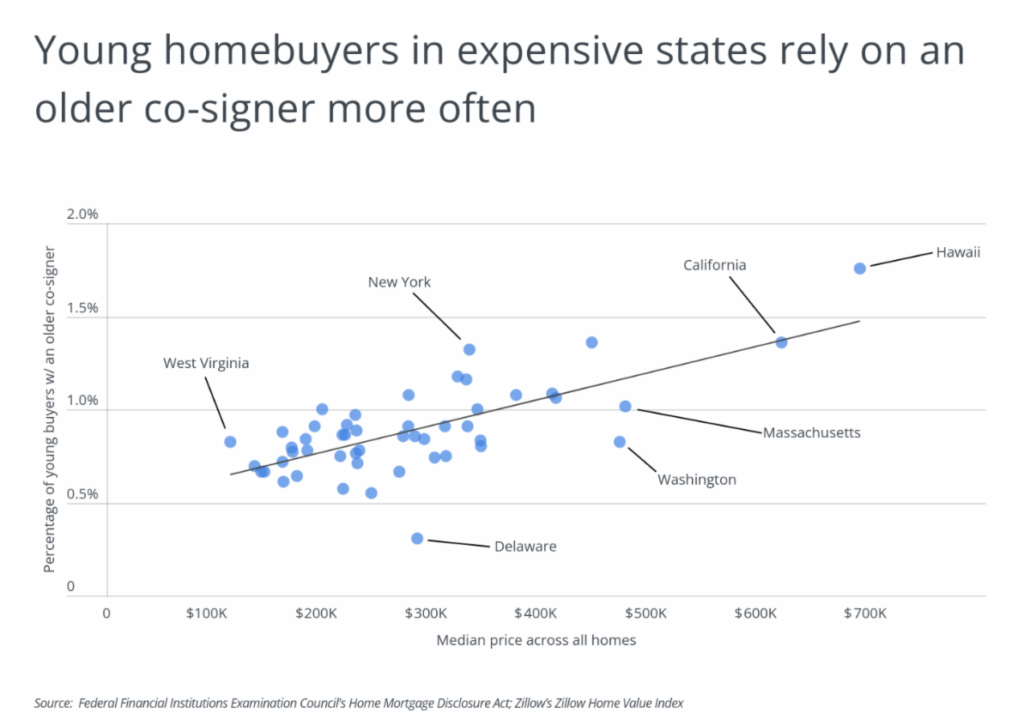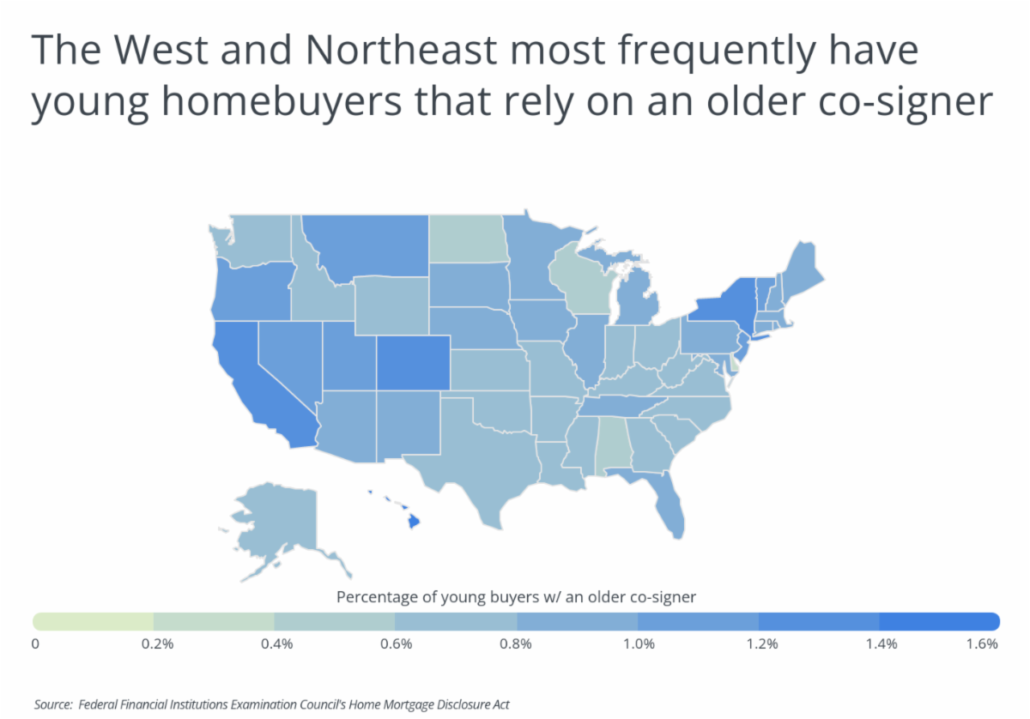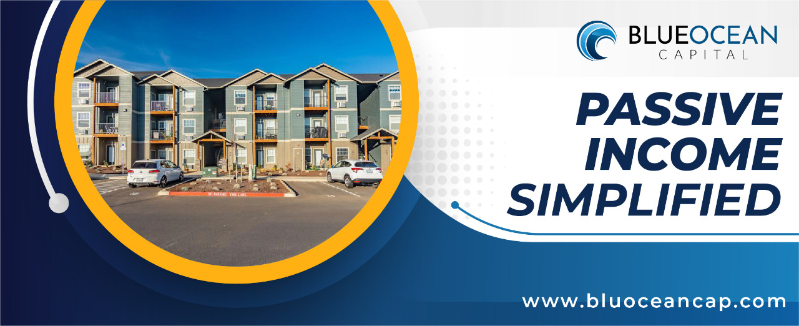Image from Pixabay
By Dan Harkey
c 949 533 8315 e [email protected]
This overview of real property easements has relevance to property owners, real estate agents & brokers, mortgage agents & lenders, insurance agents & brokers, escrow officers, and title insurers.
What are real property easements?
An easement is a non-possessory right conveyed from one property owner (#1) to another property owner (#2) to use, enter, or cross over a parcel (or a portion) that is owned by the party (#1). Non-possessory means that party (#2) possesses a right to use, enter, or cross but does not own or have no property ownership claims. claims of ownership to the property.
A non-possessory interest in a property restricts its free use because it is an encumbrance on the property. The non-possessory interest (easement) is generally recorded against the property in municipal public records and serves to cloud the title.
There are two types of possessory interest: freehold and leasehold estates.
Fee ownership Interests are generally subject to certain easements such as utilities and public rights of way.
“A public right of way easement gives the public or organization the right to access and use property in specific situations for limited purposes. A right of way is an easement that established the freedom to use a pathway or road on another person’s property without conferring ownership.”
Easements generally run with the land into perpetuity (for all time) unless expired or canceled by the parties. They may be expressed, implied, by necessity, or by prescription.
https://www.forbes.com/advisor/mortgages/what-is-an-easement/
https://www.lorman.com/resources/easements-in-california-creation-of-easements-16986
https://www.clta.org/page/article6/A-Legal-Introduction-to-Easements.htm
What are reciprocal usage easements?
Reciprocal easements are non-possessory interests conveyed between two or more property owners. An agreement establishes the terms for easements, restrictions, and covenants between two or more different parties. The agreement is mutual between two or more parties to benefit each other, usually equally.
Using the example above, property owner (#1) may use the owner’s (#2) property. Reciprocally owner (#2) may use the owner’s (#1s) property. You scratch my back, and I will scratch yours for mutually beneficial purposes.
https://www.davis-stirling.com/HOME/reciprocal-easements-defined
What are reciprocal easement agreements?
Image from Pixabay
https://www.coxcastle.com/news-and-publications/2013/fall-2013-retail-perspectives-newsletter/understanding-reciprocal-easement-agreements#:~:text=Typically%2C%20reciprocal%20easement%20agreements %20(%22,as%20an%20integrated%20shopping%20center.
https://www.contractscounsel.com/t/us/reciprocal-easement-agreement
Consider two adjacent commercial parcels, each with 20,000 square feet of land. One land parcel has a local grocery store, and the other has a restaurant. The owners structured a reciprocal easement agreement to allow both parcels to provide entry to commercial supply trucks and for parking. With the building footprint, required setbacks, and parking, there is not enough room for large trucks to deliver supplies without overlapping parcels.
What are prescriptive easements?
Conflicts and litigation may arise to prove what may be referred to as claimed rights to pass over a property. A “prescriptive easement” is a “claim of possessory right to pass” across another person’s real property that was acquired by continued use without permission of the owner for a legally defined period. Usually, a claimant has the burden of proof of the elements necessary to establish that the easement has been created over time by prescription (California Code of Civil Procedures 321). In California, a claimant is required to adequately prove that they have possessed the prescriptive easement by continuous use for at least five years. Other states have similar regulations.
The statutory time for prescriptive easements varies from state to state. Each claim is fact-specific, with the possibility of winning some and losing some. Proving the claimant’s rights can take time, resulting in litigation and being fraught with the risk of losing. All this frustration could have been avoided with well-documented agreements.
The issue of exclusive vs. non-exclusive easements must also be proved-up. Will the easement run with the land and bind all future owners? In California, 2d 872 (2002). California Civil Code 1104 provides that a transfer of real property passes all easements attached thereto.
There are many types of easements for dozens of different purposes:
https://en.wikipedia.org/wiki/Easement
Are easements transferable from one party to another?
Image from Pexels
Most easements are recorded and are a matter of public record. When a property is transferred to another party the easements are transferred and remain on title. An easement generally remains with the property.
https://www.findlaw.com/realestate/land-use-laws/easements-and-transfer-of-land.html
Why should property owners, real estate brokers, and lenders make such a big deal about easements? What’s so important?
Owners, realtors, and lenders should be aware of the vast reservoir of property usage limitations caused by property easements limiting property usage and reducing a property’s development potential and value.
“Easements are like having a giant network of squid-like tentacles on your property that you can’t touch, see, or hear but had seriously better handle. Failure to deal with each easement (tentacle) could result in catastrophic consequences, including diminished property value and limited or total inability to develop the property.”
Easements are clouds on the title. An easement is an encumbrance against a property referenced by agreements and claims to enforce rights and obligations. Whether recorded or not, the easement still reflects a clouded title.
When a realtor or lender drives up to a property, they may admire the beauty and tranquility of the setting. The home elevation, topography, floorplan, panoramic views, and hardscape are outstanding. The property location may be the best. Selling the sizzle is appropriate but limited to the realtor’s spectacle performance and buyer’s immediate response. But there is a large prohibitive easement for a neighborhood storm drain running across the yard where the purchaser planned on placing a nice swimming pool. They were not disclosed of the storm drain easement.
Legal risks for an agent may be devastating. “I am the buyer’s agent. I did not read the preliminary title report, ask the title company for copies of all easements, nor ask them to chart out all easement placements on the property.” But the buyer’s confession that they did not read the preliminary title report does suggest a breach of fiduciary duty and constructive fraud. Failure to disclose was felony stupid.
Image from Pexels
“Constructive fraud comprises of any act or omission or concealment involving a breach of legal or equitable duty, trust or confidence which results in damage to another, even though the conduct is not otherwise fraudulent.” Salahuddin vs. Valley of California, Inc. (1994).
Constructive fraud means that fraud was created because any reasonable real estate fiduciary should possess this knowledge or know about these facts/circumstances. Failure to disclose constructive fraud.
What lurks underneath the ground is a web of easements that limit land usage, building size, and economic feasibility, inhibiting overall value. A 100,000 sq ft parcel may only have 10,000 square feet of a buildable pad because of restrictive easements.
A 20,000-square-foot property that appears to be worth $100 per foot, but 80% has limited use because of restrictive easements. Only 20% of the parcel is buildable. A buyer may not be willing to pay $100 per square foot for 20,000 of land when only 4,000 square feet are buildable.
Risk and liability flash red for the principal parties and their agents:
Image from Pixabay
Knowledge is the key. On any transaction, the parties should obtain a preliminary title report, obtain written copies of all easements, and request a survey performed by the title company to determine survey boundaries and potential adverse effects on the property. An appraiser will be interested in the results.
Principal buyers and their agents will decide what easements are appropriate and acceptable and what easements are not. Accepting the property as-is, renegotiating the price, or outright rejecting the purchase are possible options.
History:
Image from Pixabay
Many buildings that were constructed in the earlier part of this century, before the 1960s, lacked adequate parking and, in most cases, lacked formal agreements about common on-site usage for ingress/egress for walking and automobiles. In property law, ingress/egress refers to the rights of a person to pass over a real property for entry, leaving, and return across the property.
Familiar transportation sources were walking, bicycles, horseback, and horse-drawn carriages. Building growth clustered around the center of town was standard. The advancement of the automobile, which made transportation more flexible, had not yet matured. The requirement for expanded parking areas had not matured.
In days gone by, two or more property owners might verbally agree that they would build adjacent buildings and use a small portion of one of the land parcels for ingress/egress, as oral agreements tend to do. Many old verbal agreements have gone wrong, as oral agreements tend to do. Handshake agreements broke down, and conflicts arose with future ownership. Problems also arose when descendants and partners disagreed with the interpretation and or benefits of the original verbal easement agreement.
https://www.findlaw.com/realestate/land-use-laws/express-and-implied-easements.html
Municipalities, property owners, and lawyers began memorializing the agreements in written form. At the same time, the creation of municipal planning departments and zoning ordinances came into being. Owners were then required to hire civil engineers to draft a written placement of physical easements and obtain approval from the municipality. It is common practice to hire a land planning lawyer to handle the application process for various approvals with the respective city planning department.
Upon approval by the city, the agreements and drawing of physical placement of the easements encumbering the property were generally recorded in public records. The objective was for the recorded agreements to provide public notice that the easement existed and would bind all future owners in perpetuity.
Many older structures were built prior to creating and enforcing building and zoning ordinances. Zoning ordinances were adopted in California as early as the 1920s and have continued to evolve. Prohibitions related to setbacks, height & density restrictions, floor area ratios, required parking, deed restrictions, necessary amenities, and acceptable building materials all have occurred over time. Laws have been passed that now control aspects of ownership.
(to be continued…)
This article is an overview for a general educational purpose only. The information presented should not be relied upon without the advice of counsel.
Dan Harkey is a contributing author to Weekly Real Estate News and is a Business & Financial Consultant. He can be contacted at 949-533-8315 or [email protected].
Learn live and in real-time with Realty411. Be sure to
register for our next virtual and in-person events. For all the details,
please visit Realty411Expo.com or our Eventbrite landing page, CLICK HERE.




